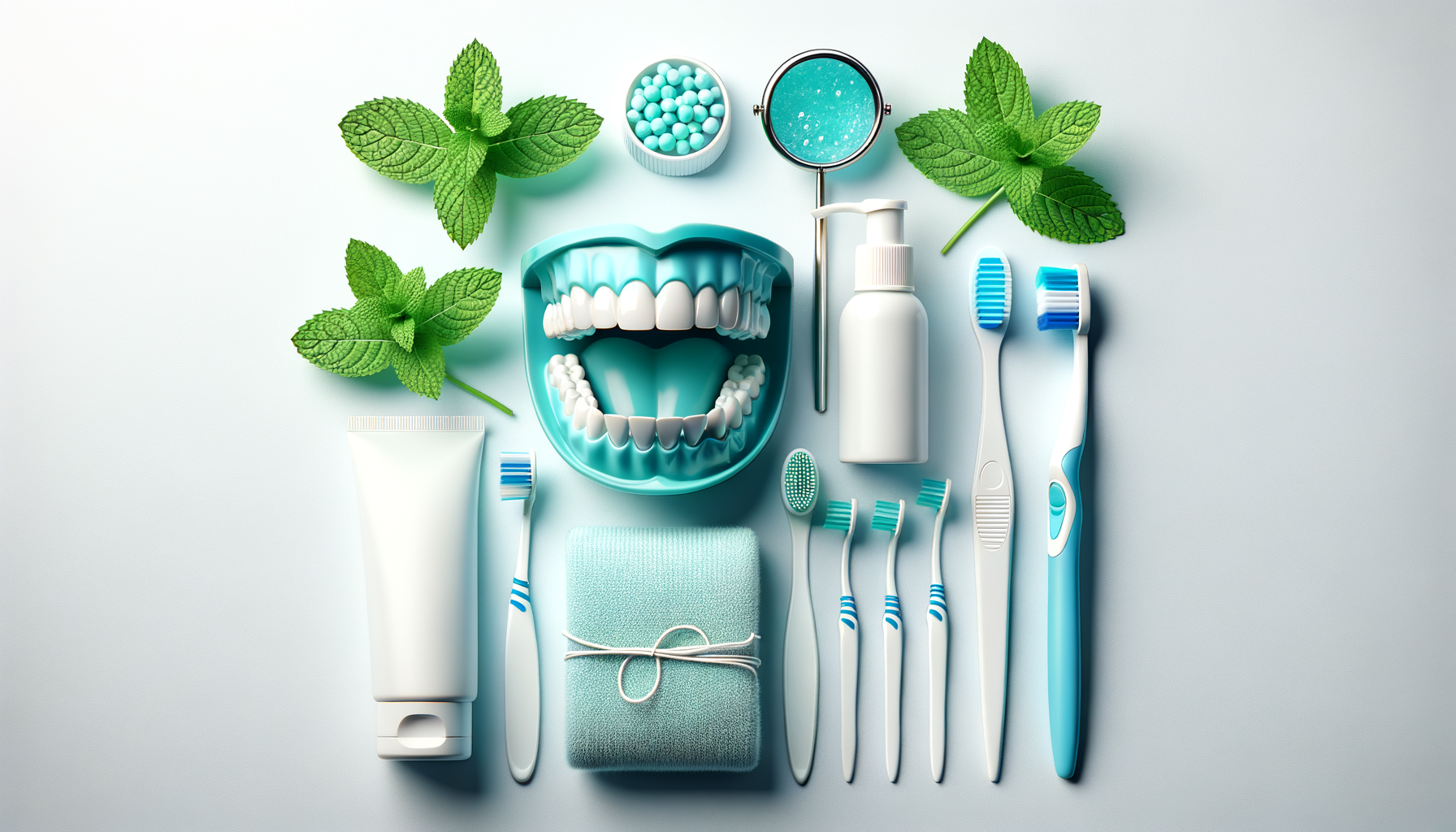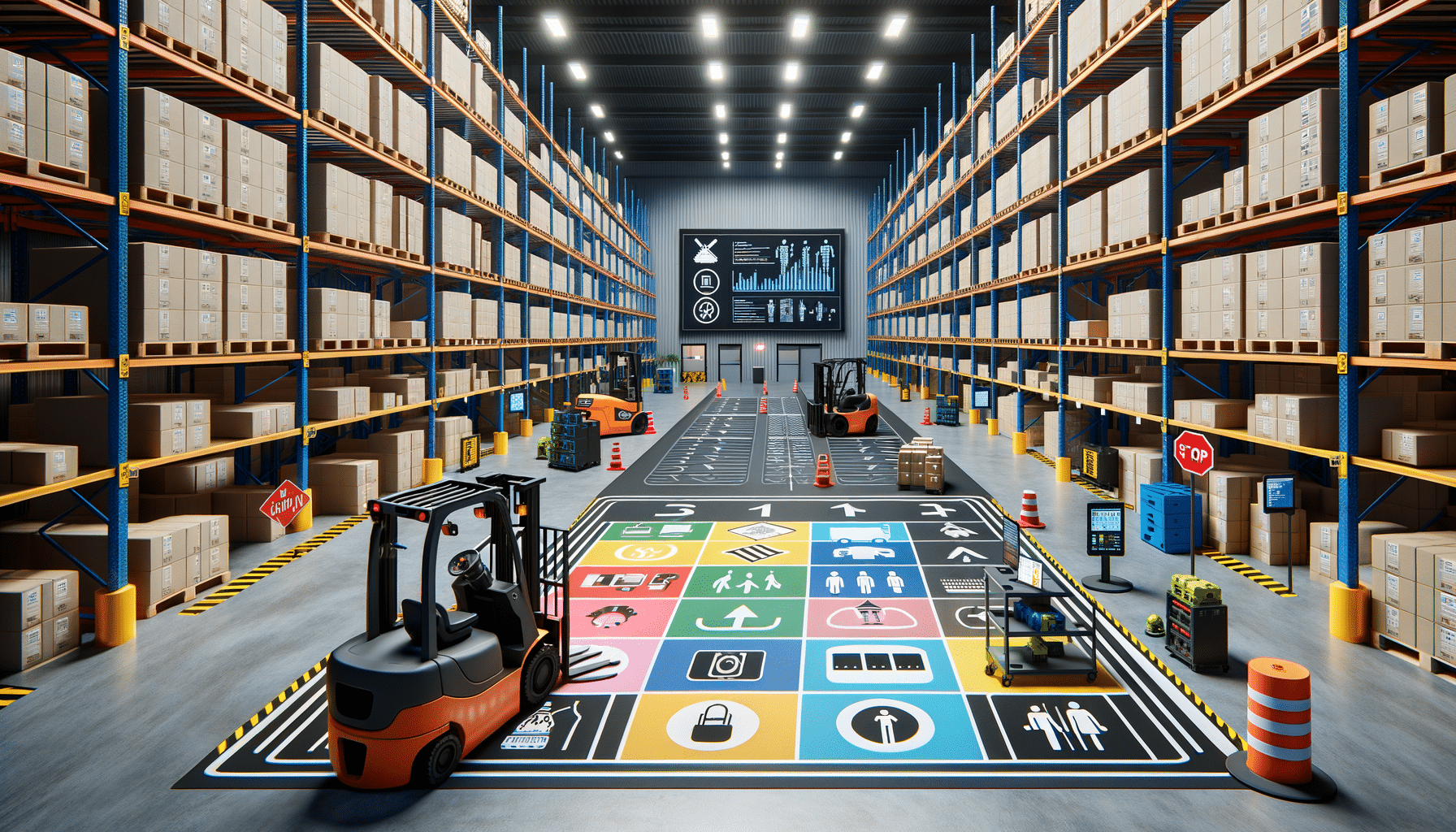
Affordable Same-Day Dental Care in the USA: What You Should Know
Understanding Same-Day Dental Care
Same-day dental care has emerged as a convenient solution for those who need immediate attention without the hassle of waiting weeks for an appointment. This service is particularly beneficial for individuals who experience sudden dental issues such as toothaches, chipped teeth, or lost fillings. Many clinics across the USA have adapted to this model, offering a range of services that can be completed in a single visit. These include crowns, veneers, and even root canals, thanks to advancements in dental technology.
One of the main advantages of same-day dental care is the use of CAD/CAM technology (computer-aided design and computer-aided manufacturing). This allows dentists to create precise dental restorations on-site, thus eliminating the need for multiple visits. Patients can walk into a clinic and have their dental issues assessed and treated promptly. This efficiency not only saves time but also reduces the stress associated with prolonged dental problems.
Moreover, same-day services can be more cost-effective in the long run. By addressing issues immediately, patients may avoid more complex procedures that could become necessary if a problem is left untreated. For those concerned about affordability, many clinics offer flexible payment plans or accept a variety of insurance plans, making dental care more accessible to a broader audience.
The Role of Technology in Modern Dental Care
Technology plays a pivotal role in transforming how dental care is delivered, making it more efficient and patient-friendly. In same-day dental care, digital imaging and 3D printing are key components. Digital imaging allows for accurate diagnosis and treatment planning, while 3D printing enables the creation of custom dental appliances and restorations on the spot.
These technologies not only speed up the process but also enhance the precision of dental work. For instance, digital impressions taken with an intraoral scanner are more comfortable for patients compared to traditional molds, which can be messy and uncomfortable. The digital data is then used to design and fabricate restorations with exceptional fit and aesthetics.
Furthermore, the integration of artificial intelligence in dental practices is on the rise. AI can assist in diagnosing conditions, predicting treatment outcomes, and even personalizing patient care. This innovation ensures that patients receive tailored treatment plans that address their specific needs, improving overall satisfaction and outcomes.
With these technological advancements, dental care is not only becoming more efficient but also more precise and personalized, leading to better patient experiences and outcomes.
Accessibility and Affordability of Dental Care
Access to affordable dental care remains a significant concern for many individuals in the USA. While same-day services offer convenience, the question of affordability is paramount. Fortunately, many dental clinics are implementing strategies to make dental care more accessible to all socioeconomic groups.
One approach is the establishment of community dental clinics that offer services on a sliding scale based on income. These clinics aim to provide essential dental care to underserved populations who might otherwise forgo treatment due to cost barriers. Additionally, some clinics partner with non-profit organizations to offer free or reduced-cost services during special events or campaigns.
Insurance acceptance and flexible payment plans are also critical factors in improving accessibility. Many clinics now accept a wide range of insurance plans and offer in-house financing options. This flexibility allows patients to receive necessary care without the immediate financial burden, spreading the cost over manageable payments.
Moreover, the rise of dental savings plans provides an alternative for those without traditional insurance. These plans offer discounts on various dental services for a yearly membership fee, making dental care more affordable for individuals and families.
As clinics continue to innovate and adapt, the landscape of dental care in the USA is becoming more inclusive, ensuring that everyone has the opportunity to maintain their oral health without financial strain.


